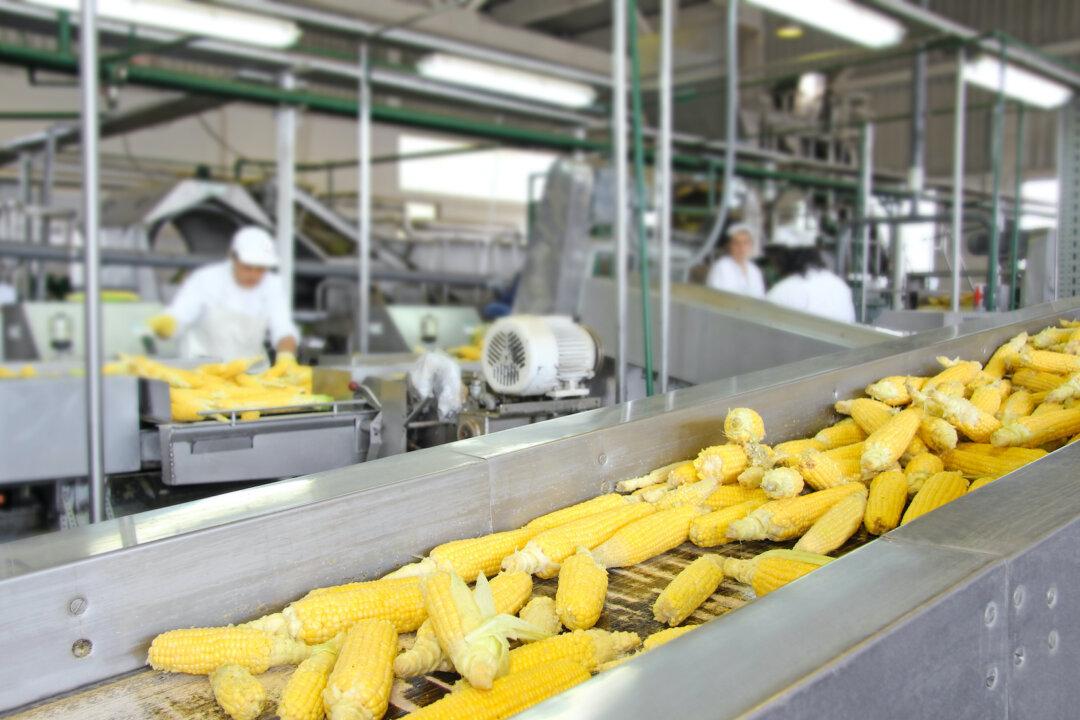The processed food and meat industries are centered around industrially produced corn—and most people are unaware.
Some form of corn is found in nearly every processed food item, whether that be as a sweetener (such as high-fructose corn syrup, dextrose, and sorbitol), a texturizer (such as dextrin and maltodextrin), a grain (as in corn flour, cornmeal, or corn gluten), an alcohol (ethanol), a protein (zein), corn starch, or any of several other derivatives.






